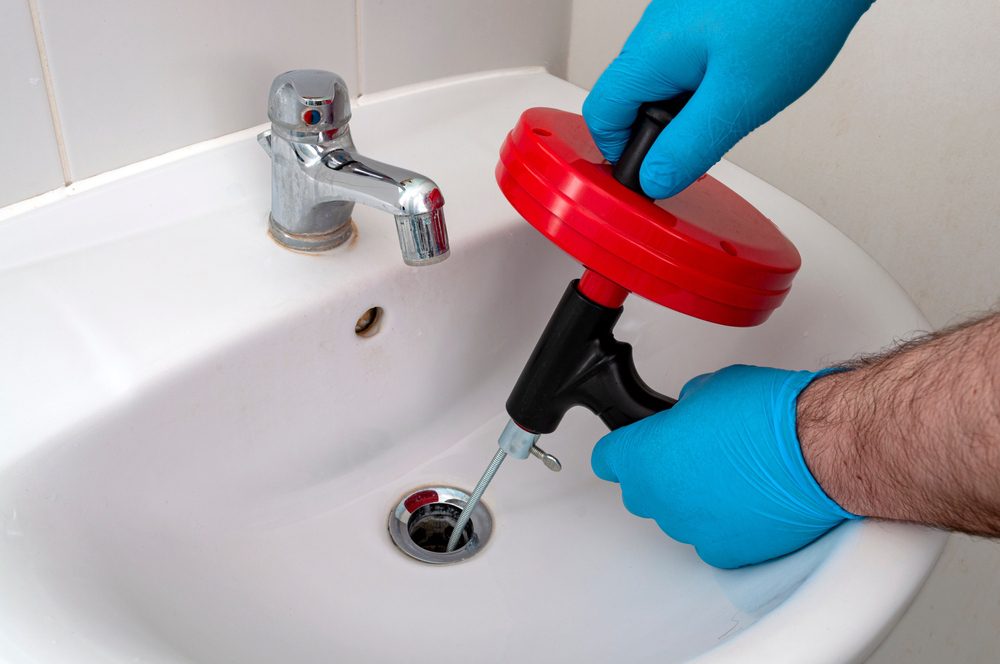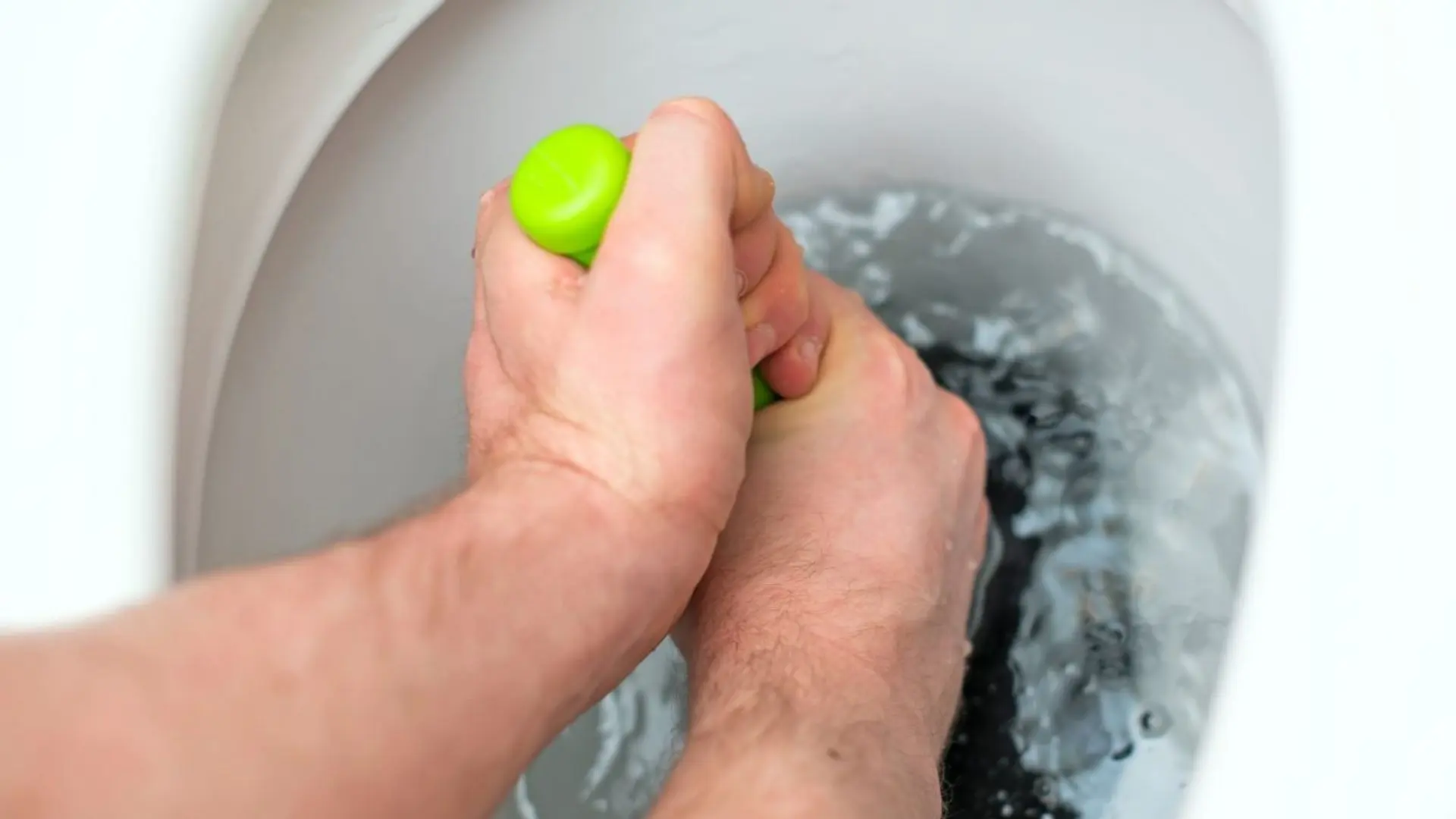Ways to Deal with a Blocked Drain Before Reaching out to Expert Help
Ways to Deal with a Blocked Drain Before Reaching out to Expert Help
Blog Article
Just how do you actually feel with regards to 8 Tips For Clearing A Blocked Drain?

Intro
Handling an obstructed drainpipe can be an aggravating experience, disrupting everyday tasks and possibly triggering damages to your property. However, before reaching out to plumbing professionals, there are steps you can take to address the problem yourself. In this guide, we'll explore DIY solutions and safety nets to take on an obstructed drain properly.
Recognizing the Problem
The initial step in attending to a blocked drainpipe is acknowledging the signs. Slow drainage, gurgling audios, foul odors originating from drains pipes, or water support up are common indications of a blocked drainpipe. Determining these indicators early can aid avoid better difficulties.
Usual Reasons For Obstructed Drains
Comprehending the variables that contribute to drain blockages is vital for reliable resolution. Typical wrongdoers include hair, soap scum, grease, food debris, and international items like sanitary items or paper towels. Tree roots getting into underground pipes can likewise create substantial blockages.
DIY Solutions
For minor clogs, several do it yourself solutions can be effective. Pouring boiling thin down the drainpipe can assist dissolve grease and debris. Sodium bicarbonate and vinegar or a mix of salt and cooking soft drink can act as natural cleansers. Using a plunger or plumbing snake to remove blockages is an additional alternative.
Devices and Tools
Having the right tools handy can make DIY drainpipe cleansing a lot more effective. A bettor is a flexible tool for getting rid of obstructions in sinks, commodes, and showers. A plumbing serpent or auger can get to much deeper blockages, while drainpipe cleansing chemicals can be utilized cautiously for persistent obstructions.
Safety nets
To prevent future clogs, taking on preventive measures is crucial. Install drain guards or filters to capture hair and particles before they enter the pipes. Regularly flush drains with hot water to dissolve grease buildup, and avoid disposing of grease or solid waste down the drain.
When to Call a Professional
While DIY solutions can resolve small clogs, specific signs show the demand for expert support. Persistent clogs, foul odors regardless of cleaning up initiatives, or several drains backing up simultaneously are warnings that require expert treatment.
Choosing the Right Pipes Service
When selecting a pipes service, take into consideration elements such as experience, licensing, and consumer reviews. Pick a credible plumbing technician with a performance history of top quality workmanship and transparent prices methods.
Price Considerations
The cost of expert drain cleaning services can vary depending upon the extent of the clog and the plumbing's rates. Request quotes from several companies and inquire about any additional charges to ensure transparency and stay clear of shocks.
Safety and security Measures
When attempting do it yourself drain cleaning, focus on safety and security. Use protective gloves and glasses to prevent contact with hazardous chemicals or germs. Never blend various drainpipe cleansing products, as this can produce dangerous fumes.
Situation Studies
Real-life instances show the efficiency of do it yourself options and the relevance of prompt specialist treatment in resolving drainpipe clogs.
Verdict
By adhering to the suggestions described in this overview, you can effectively take on obstructed drains and protect against future plumbing concerns. Whether opting for do it yourself options or looking for specialist assistance, punctual action is essential to maintaining a healthy pipes system and protecting the stability of your home.
How to Clear a Clogged Drain Yourself (And When to Call In the Professionals)
What Can Clog a Drain
Dirt Skin flakes Hair Grease Soap scum Food Offset pipes Tree roots Small objects Mineral buildup DIY Tricks to Unclog a Drain
You can fix this! Once you have identified the source of the clog (or have a vague idea), you can try one or a combination of these fixes in order to clear your plumbing.
Wire Hanger or Snake
Untangle and clear out hair from a drainpipe with a homemade snake. Use a straightened-out wire hanger with a 90-degree angle hook to locate the clog and drag out any unwanted material.
Remember not to push the clog further down to where the wire hanger cannot reach! If you need to follow up with a plunger, give it a try. Your efforts might be more successful after it’s been wire-snaked.
If you want to get fancy and don’t have a wire hanger to spare, head to the store and pick up a hand-operated drain snake. You can get one for $10-$30. It may save you the hassle, and provide additional length to reach deep into the clogged pipe.
Plunger
A cup plunger has a suction cup attached to a wooden handle. The rubber creates a seal around the drain, and increases the pressure force of the plunger.
Plunge for 30-second increments to loosen the clog. This may need to be repeated over the course of 15-20 minutes. Once plunged, run the water to flush the remaining material out of the drain.
Remember– never use a plunger if you have used a chemical drain cleaner. These chemicals can splash up from the force of the plunger and cause serious injury or burns.
Boiling Water
Hot water can sometimes break up materials into a flushable amount. Dirt, grease, and soap buildup requires heat in order to unstick from surfaces.
Take your kitchen kettle and heat your water to a boil. Once it reaches a rolling boil, pour it directly down the drain into the blockage. Carefully follow with plunging, if necessary.
Don’t worry if this takes more than one try! It can often take multiple kettles and repeated plunging in order to clear a particularly stubborn clog.
Chemical Drain Cleaner
As a last resort, pick up a bottle of chemical drain cleaner. Drain-cleaning chemicals are potent, and not very good for the environment.
You may need to wear protective eyewear in gloves before handling your bottle of chemical drain cleaner. Follow the instructions printed on the bottle, and flush with water as soon as the instructions allow. Do not follow with plunging.
Baking Soda and Vinegar
As a safer alternative to chemical drain cleaner, baking soda and vinegar can create a chemical reaction that clears tough clogs.
Combine one cup of cleaning vinegar with one cup of boiling water, and set aside. Once you have done this, pour half a cup of baking soda down the drain. Give the baking thirty seconds to settle and cover a large portion of the problem drain.
Following the baking soda, pour down your vinegar and hot water solution. Once the vinegar and baking soda combine, the mixture will bubble and fix. Let this reaction fizzle in the drain for about an hour.
After an hour, follow with a kettle’s worth of hot water. The heat and liquid should flush out any remaining material.
When to Call a Plumber
If your DIY attempts haven’t cleared your clog drain, it’s time to call in a professional. It’s not worth losing access to your kitchen sink or high-traffic bathroom. A clog in a vital area can keep you from the things you’d rather be doing, and derail your routine.
Anytime a clog is causing water to spread is a time to call in a plumbing service. What starts out as a little bit of water can quickly grow into serious, expensive water damage.
Additionally, a serious clog can result in burst pipes or serious leaks. Make sure you know when to take it seriously!
https://myguysnow.com/how-to-clear-a-clogged-drain-yourself-and-when-to-call-in-the-professionals/

Do you really like reading up on ? Write a remark down below. We'd be delighted to see your opinions about this piece. We hope to see you back again in the near future. Those who enjoyed our post please consider to pass it around. I cherish reading our article about .
Call Today Report this page